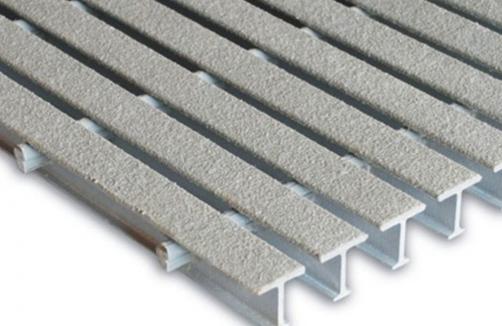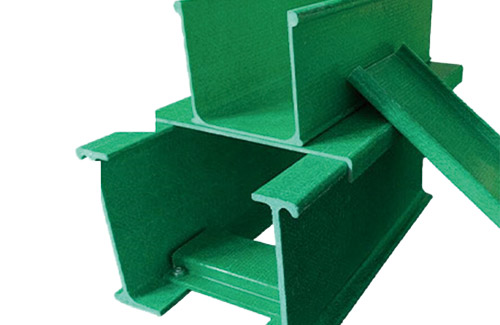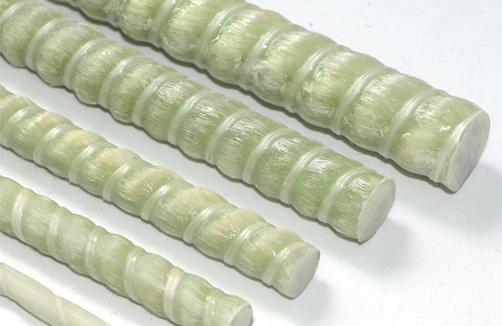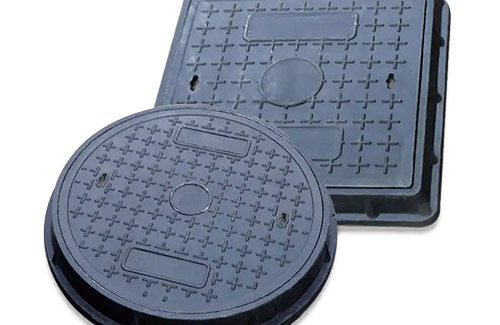
Today, the rail transit industry has sprung up and the development momentum is strong. For the composites industry, this is a new and promising application area.
The world's key enterprises producing high-speed trains are mainly distributed in Japan, Germany, France and Canada. According to the analysis of the world high-speed railway investment by the German Bank of Communications (DVB) in recent years, the world high-speed train industry is mostly concentrated in the Eurasian region: in the 10 years from 1999 to 2009, the global railway investment plan totaled 452 billion US dollars. It is unprecedented for half a century. Among them, Europe is as high as 195 billion US dollars, accounting for 47%; Asia-Pacific region is 164 billion US dollars, accounting for 37%; North America is 64 billion US dollars, accounting for 14%. It can be seen that high-speed trains and railways have become the biggest hotspot of investment in various countries. China's land resources are tight. In terms of transportation, developed countries have begun to limit the development of expressways and increase investment in railways. This is because compared with the expressway, the railway has the following outstanding advantages: the highway occupies about 1.6 times of the double-track railway, but its transportation capacity is only 1/3 of the railway; the highway is susceptible to weather and safety. It is much smaller than the railway; the pollution of the highway to the environment is 400 times that of the railway of the same scale; the investment of the two is basically the same, and the railway is slightly higher, but the driving effect of the railway on the economic development along the line is beyond the reach of the expressway.
Composite materials are new materials with excellent comprehensive properties, which are composed of matrix materials (polymer materials, metals, ceramics) and reinforcements (fibers, whiskers, particles). They are one of the fastest growing new materials in recent years. Because of its various properties and functions, it can be designed according to the needs. By selecting the appropriate matrix and reinforcement, the appropriate composition ratio and arrangement distribution, the advantages of the material properties can be fully utilized to obtain a single material--metal, polymer. Comprehensive properties that are difficult to achieve with materials such as ceramics, such as high specific strength, high specific modulus, corrosion resistance, heat insulation, wear resistance, etc., thus providing a great degree of design freedom for composite products. At present, composite materials have played a huge role in aerospace, aviation, transportation, and infrastructure construction, and have become the key materials for product performance improvement and upgrading in these fields.
The application of composite materials in high-speed passenger cars In the field of high-speed rail transportation, composite materials are becoming an increasingly important class of materials. In addition to being used as internal equipment and decorative materials, the application of load-bearing structures is becoming more and more extensive. The member made of composite material is light in weight, high in strength and high in rigidity, and is an ideal structural member for high-speed rail transit. The products manufactured by composite materials do not require mechanical processing, have high production efficiency and low manufacturing cost. The wide application of composite materials in rail vehicles plays an important role in reducing the weight of the cabin, reducing noise, vibration, improving safety, comfort, and reducing maintenance.







